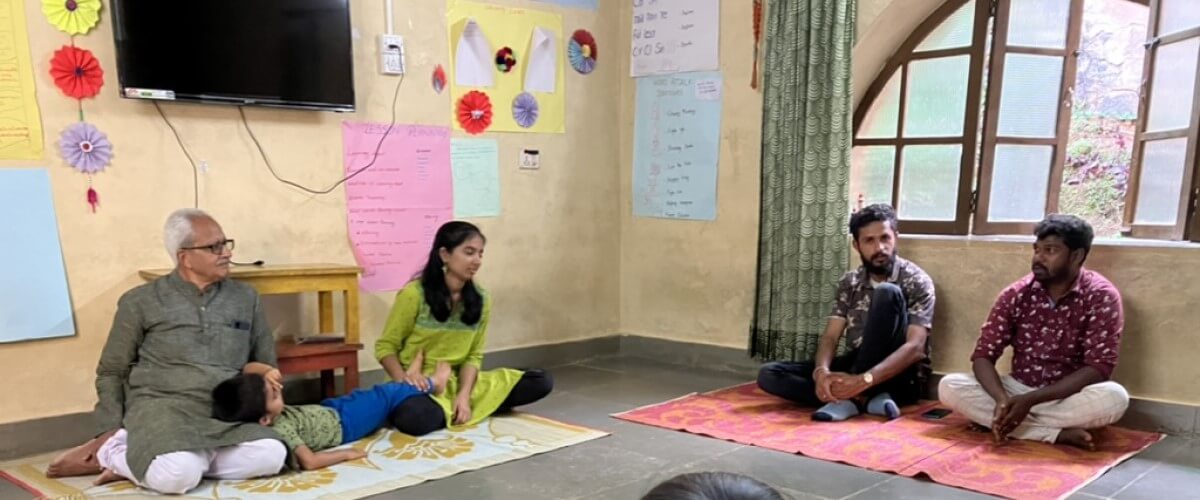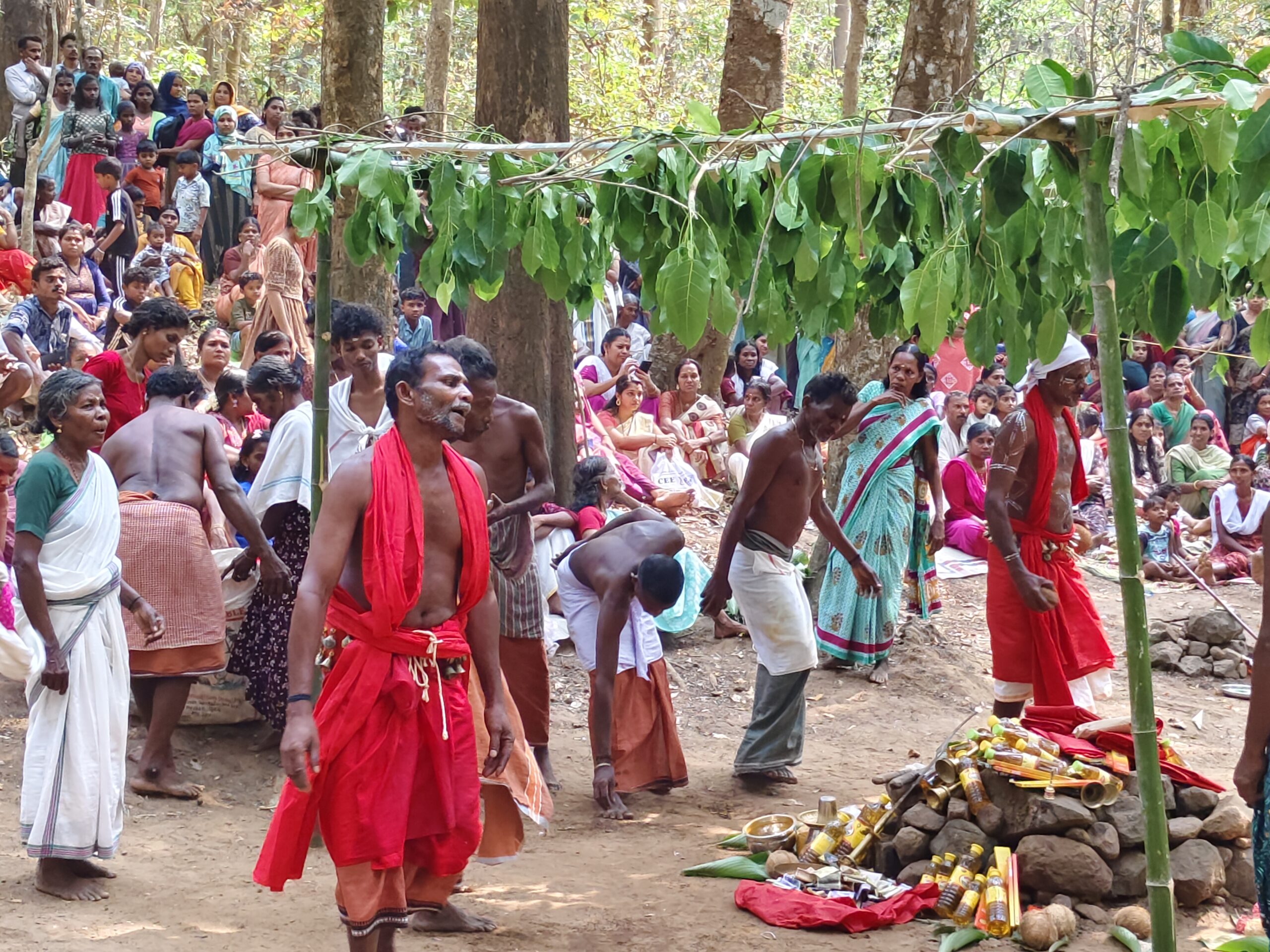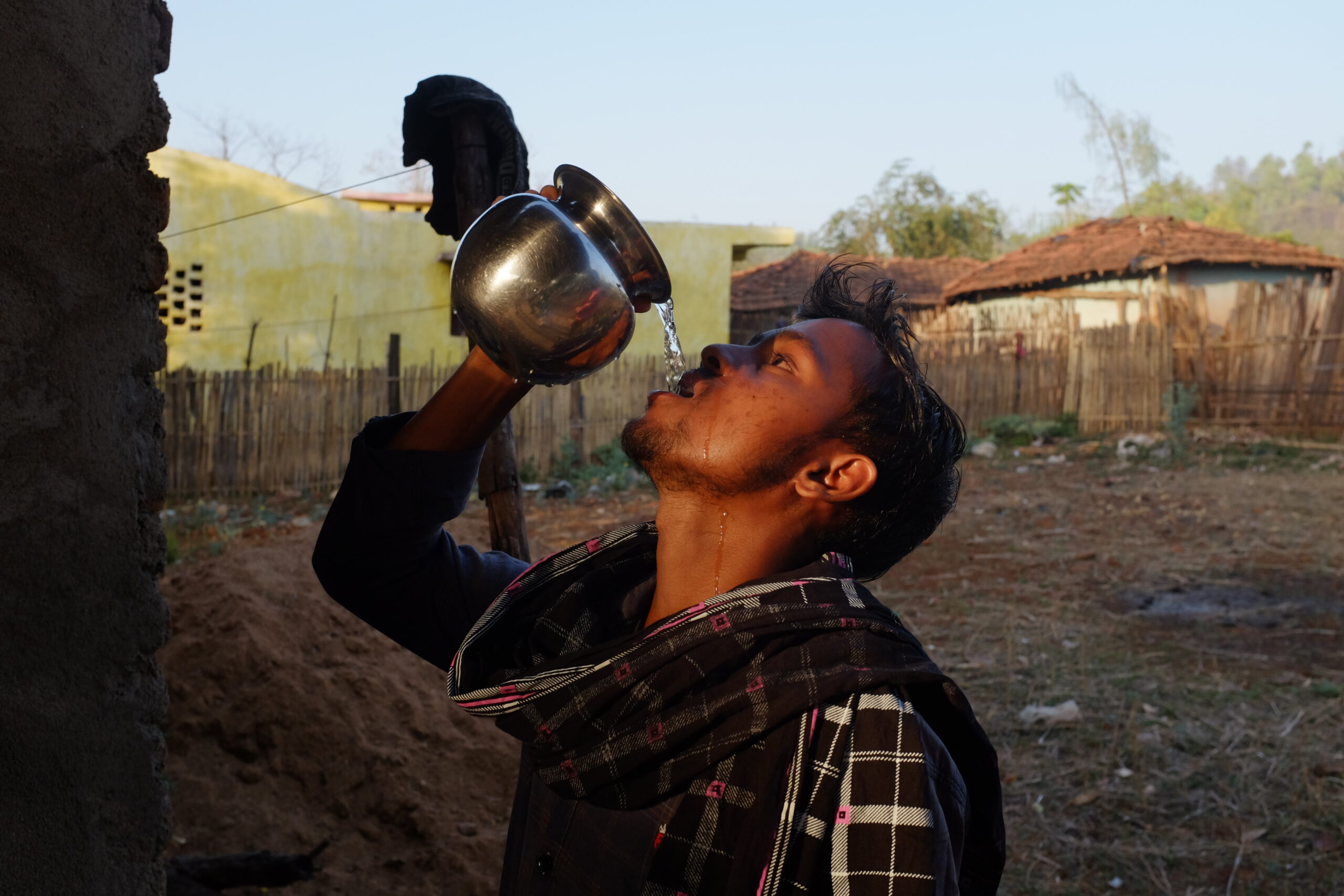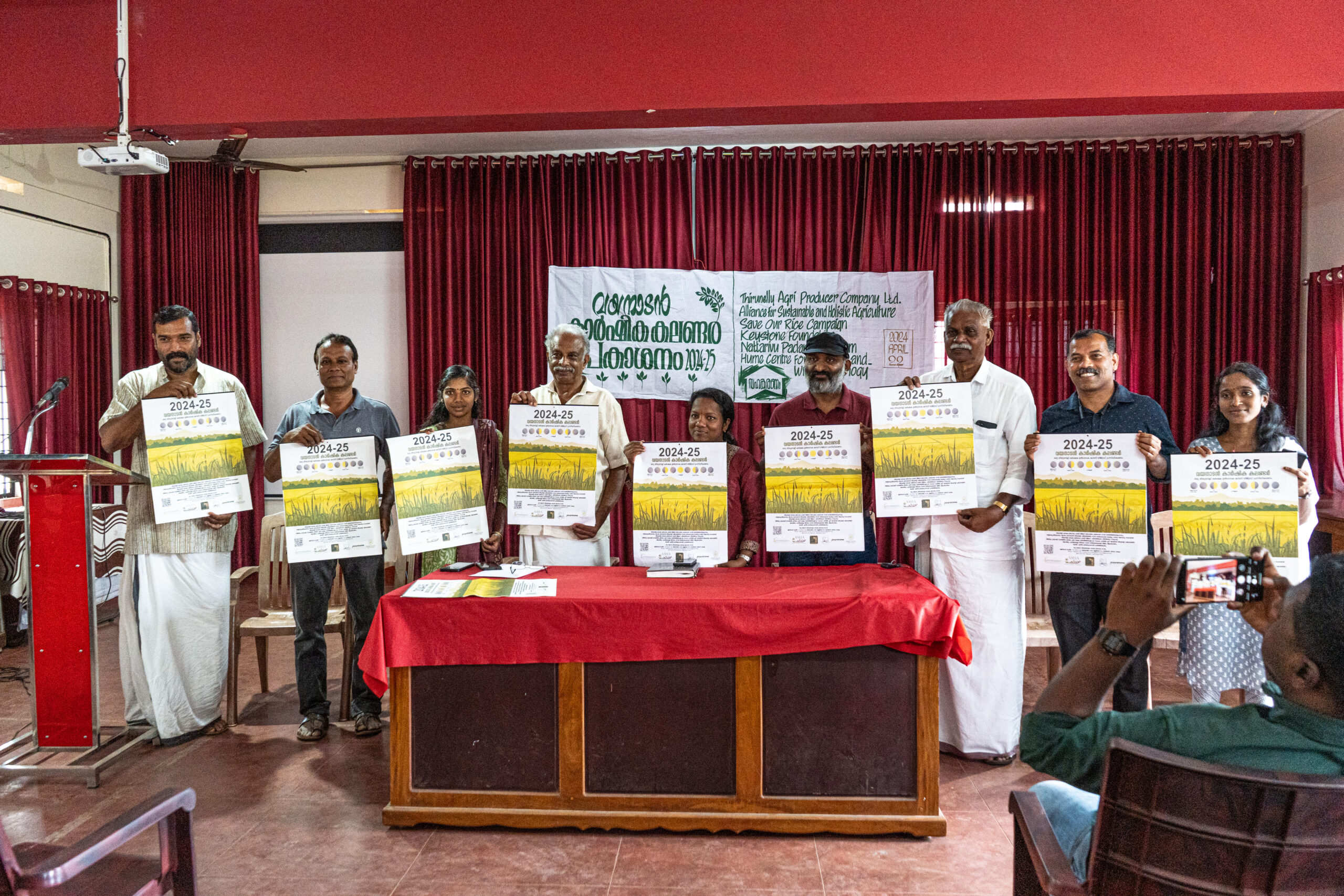November 9, 2022
By Madeleine Gefke & Nithya V.
Oberlin Shansi Fellow & Field Assistant – Biodiversity Conservation
While Keystone has been working on education for all ages across the Nilgiris for years, it is important to revisit our vision and strategy, and involve community members in this exercise.
In September, we began taking surveys in the Nilgiris and Coimbatore districts. We have gathered an amazing team of alumni from the Nilgiri Field Learning Centre (NFLC) programme, many of whom currently work at Keystone, to lead this work and hold conversations within their own tribal communities. This project asks questions about tribal students’ current educational experiences in schools while also challenging communities to think about what kind of quality education they want for their children. What might this ideal education look like, and what would it include?
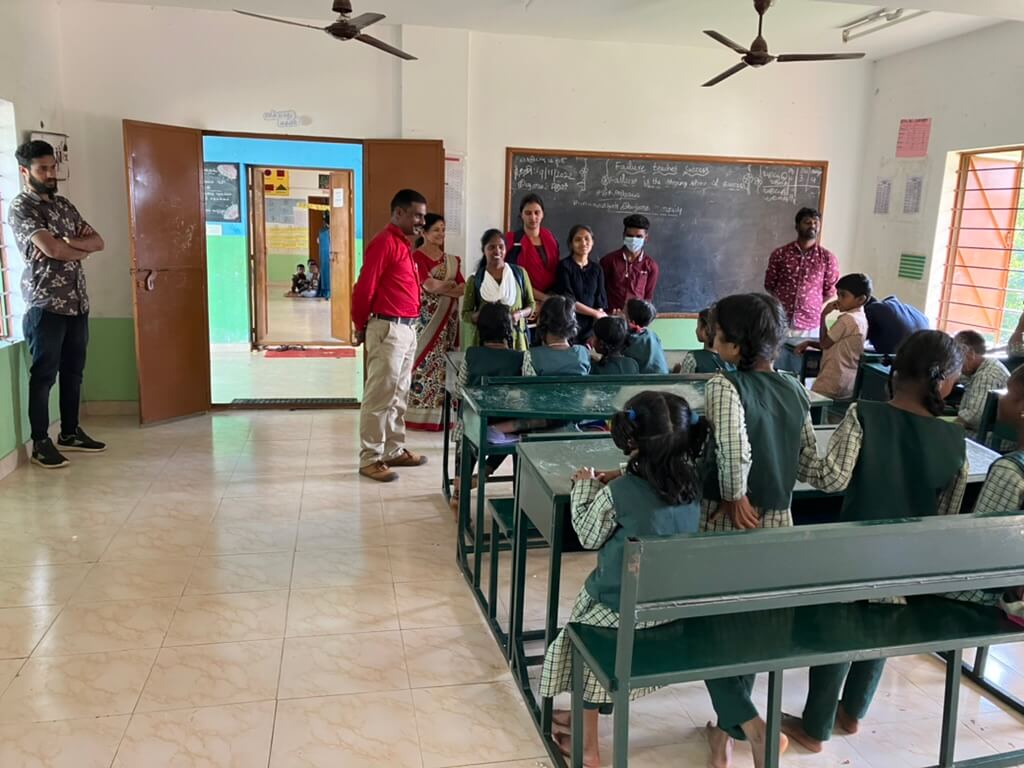
With the information we gather from these on-the-ground conversations, we aim to write a comprehensive report that will inform future initiatives to provide tribal students with the best education tailored by the communities themselves. From this initial report, we hope to conduct workshops and take up discussions with state education departments and other role players in Adivasi education to advocate for reforms that are community-led.
Preliminary Learnings
In the Nilgiris, our NFLC alumni Nithya, Jeyanthi, Kannan and Laxmanan are interviewing Irula community members in Aracode, Pillur and Kozhikarai, Kurumba community members in villages around Coonoor and Toda community members around Ooty.
Nithya, an Irula community member and part of Keystone’s biodiversity conservation programme, spoke to nine Irula elders and parents, and shares her insight from one of her interviews: “Nanjammal (pictured here) says that more than education, it’s logistics that concern parents. Kids often drop out of school or frequently don’t show up largely because their parents are not stern about attending school. They are afraid that buses may break down and that their kids may not come home before it gets dark. This, despite the fact that most kids go to government schools that are closer to home. However, parents do appreciate the improvements in education since their childhood. Other aspects that parents focus on rather than the curriculum itself are availability of toilets, counselling options for children, regular parent-teacher meetings which many elders did not have growing up.”
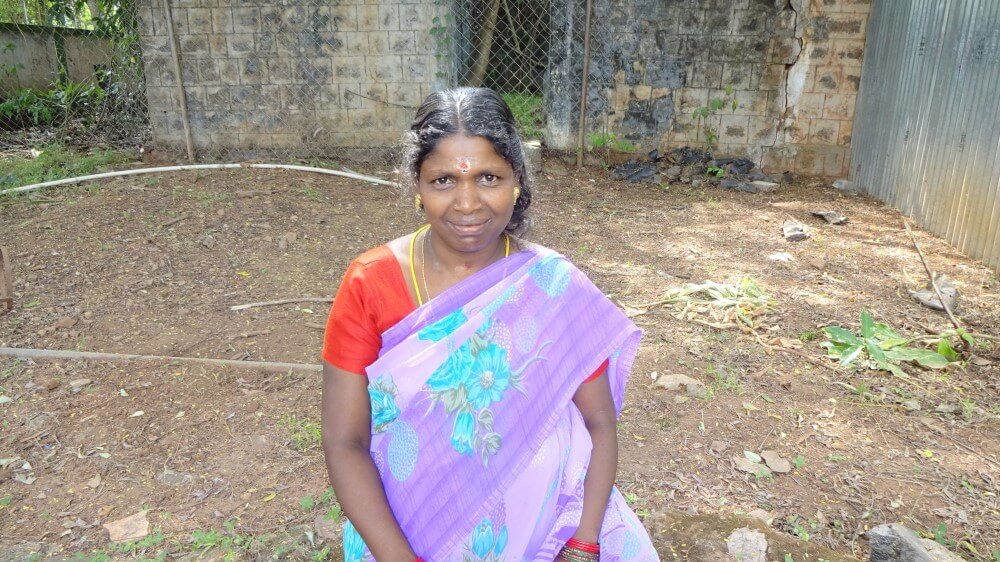
Curious to prod deeper into why some parents may not push their kids to attend school, Nithya asked Nanjammal for examples of drop-out cases. “The reasons vary with every case. There was one situation where a student had to drop out to help at home when their mother had a second child, and later on, the age gap was too embarrassing for them to go back to school,” says Nanjammal.
Insight from a Model School
The NFLC alumni and education researchers made a day trip to Gudalur on Wednesday to visit Viswa Bharathi Vidyodaya Trust and School. We received a tour of the Trust’s primary and nursery school – it was interesting to note that the school centres tribal students in its alternative education practices, celebrating and incorporating into learning the indigenous cultures of the communities they serve. During kindergarten and math classes, we observed the positive teacher-student interactions that come from intensive teacher training and the familiarity students have with tribal teachers from their own communities. We also visited a nearby government-run residential school where Vidyodaya Trust plays a role in selecting and training non-tribal teachers to foster a learning environment that embraces the students’ cultural backgrounds and learning abilities. We talked with the staff at both schools as well as the founders of Vidyodaya, Ramdas Bhaskaran and Rama Sastry, and learned so much about the school’s origins, the evolution and growth of the Trust’s work, and visions for the future of tribal education.

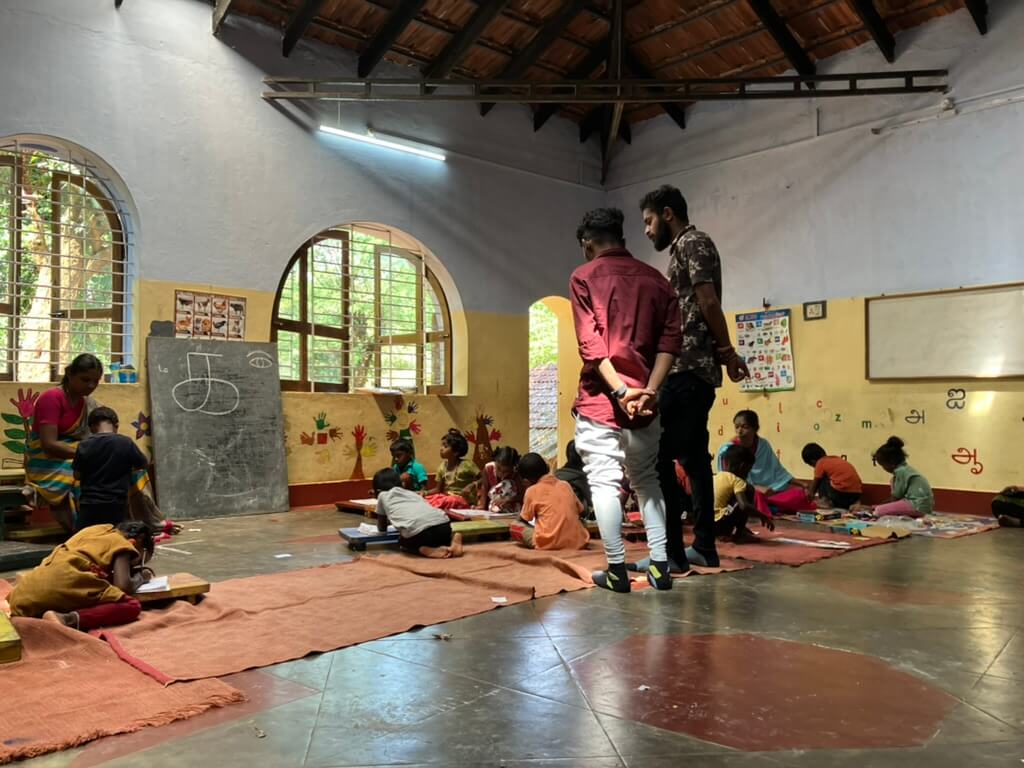
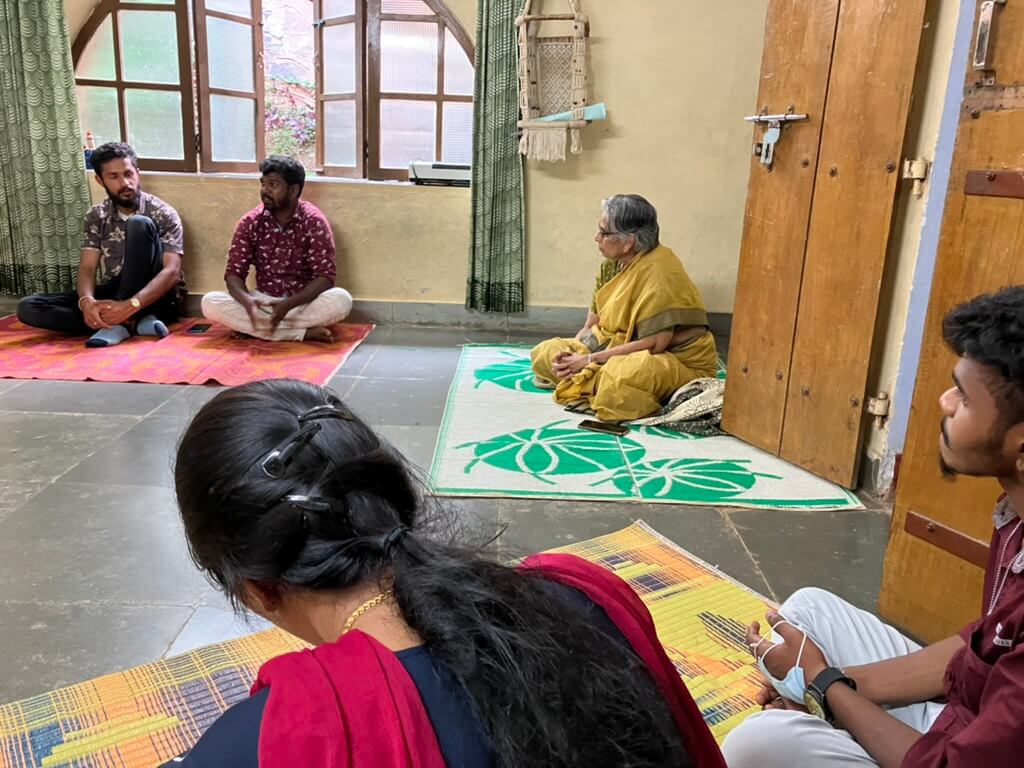
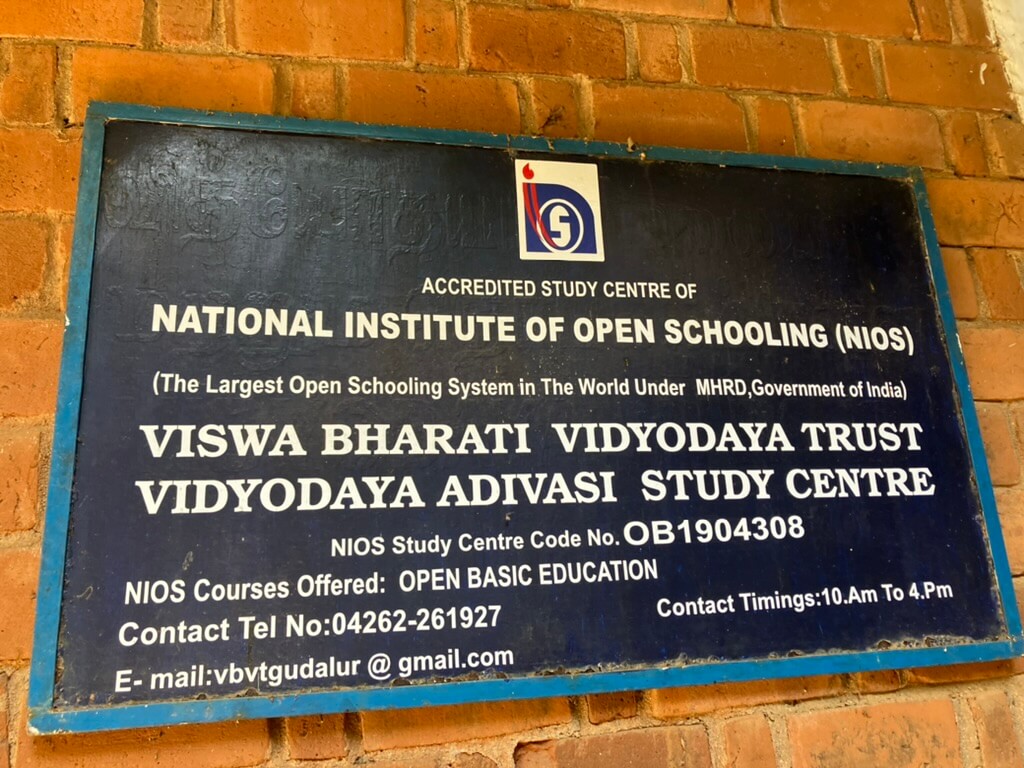
Our team also had the opportunity to share our project. This exchange and connection among our teams felt so special and inspirational! We certainly brought many ideas and motivations home to continue our work and chart a path towards an educational experience for tribal children that fully embraces their whole authentic selves.
We thank the Indian Institute for Human Settlements (IIHS) under their Transforming Education for Sustainable Futures (TESF) program for the grant that has made this important work possible.

